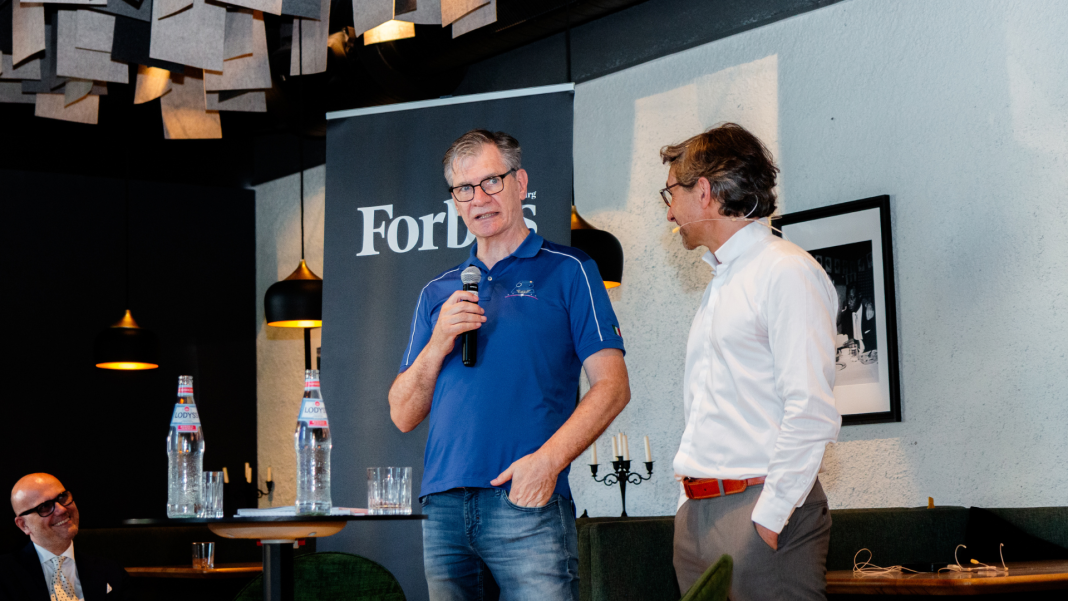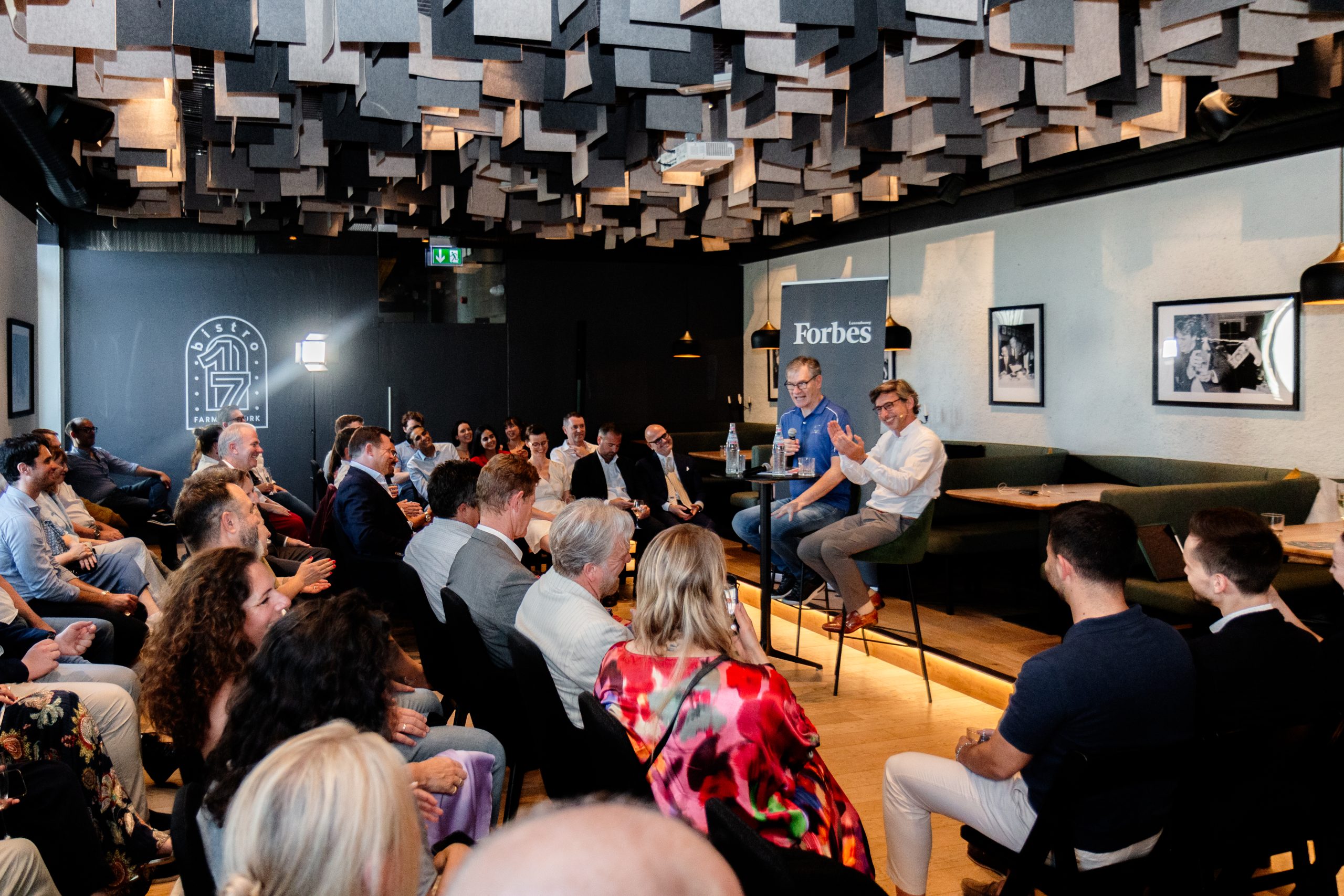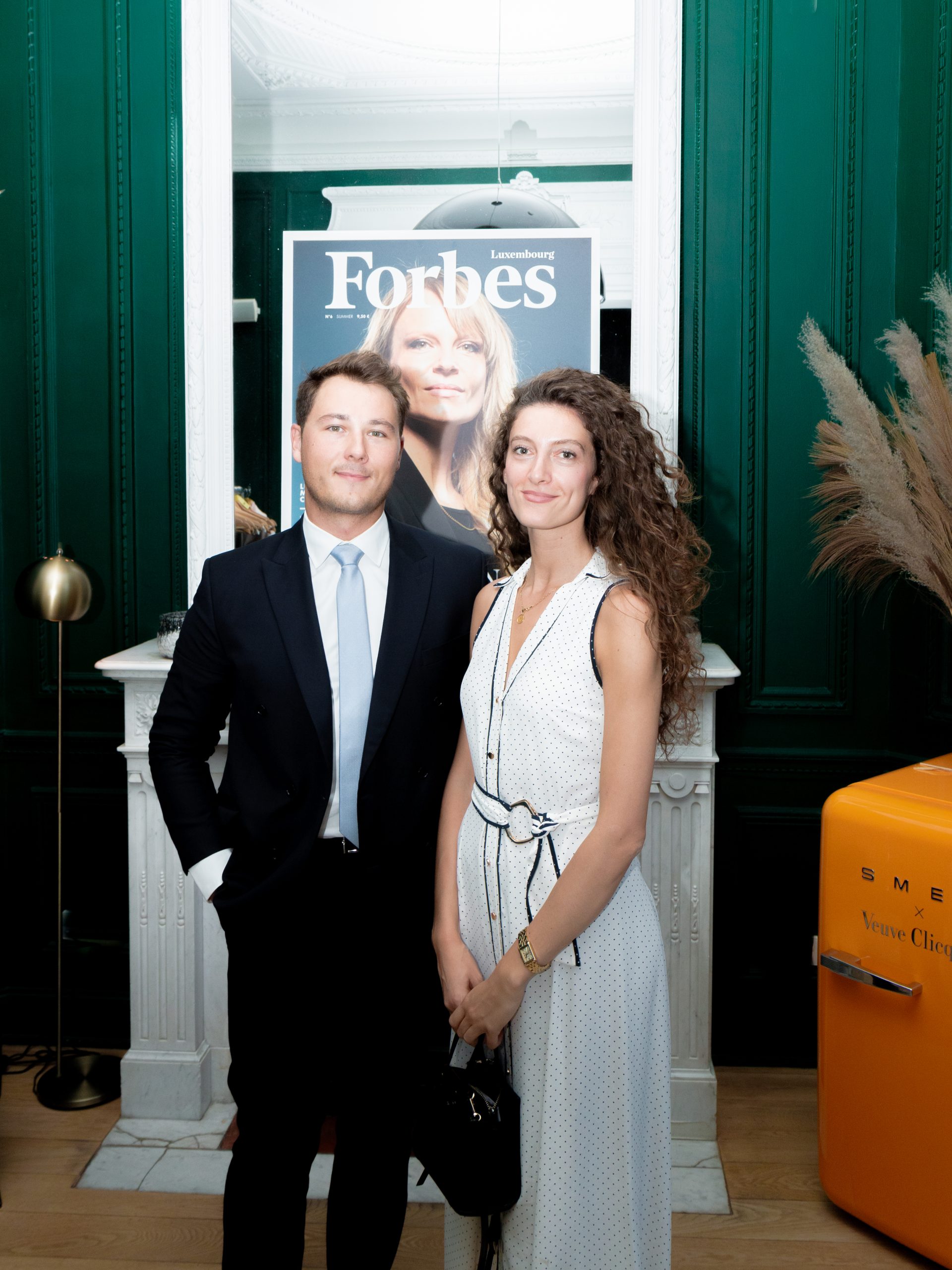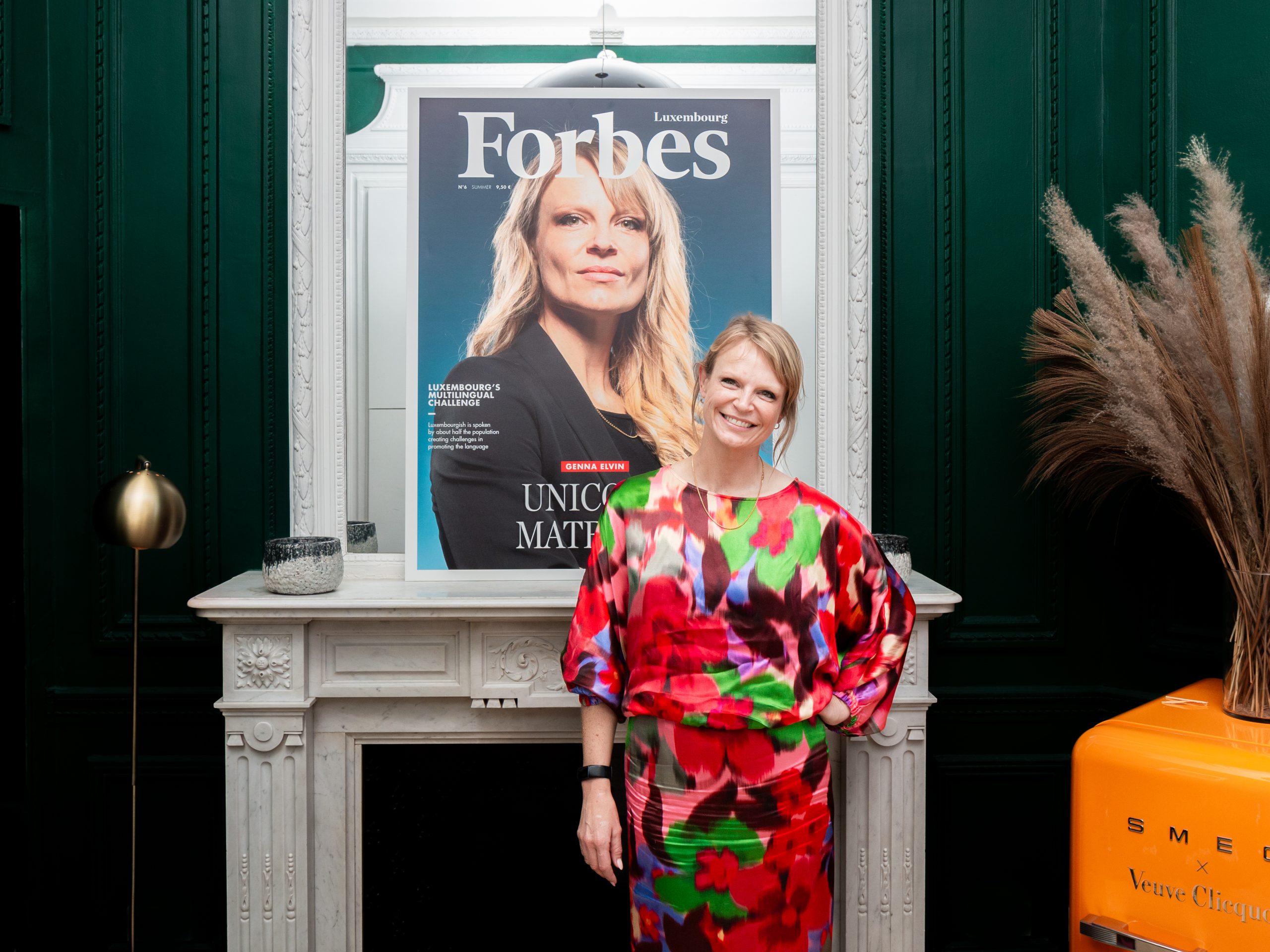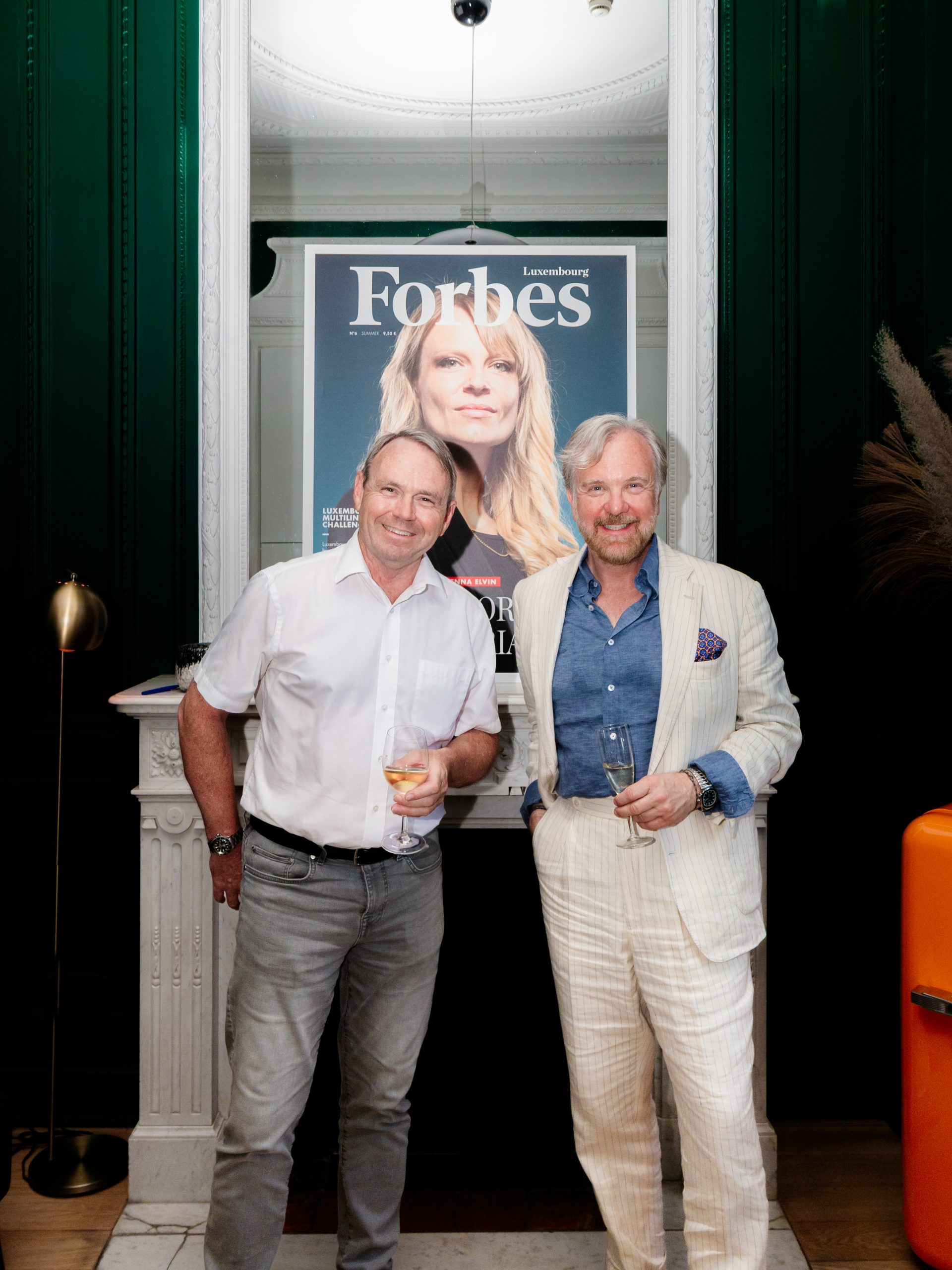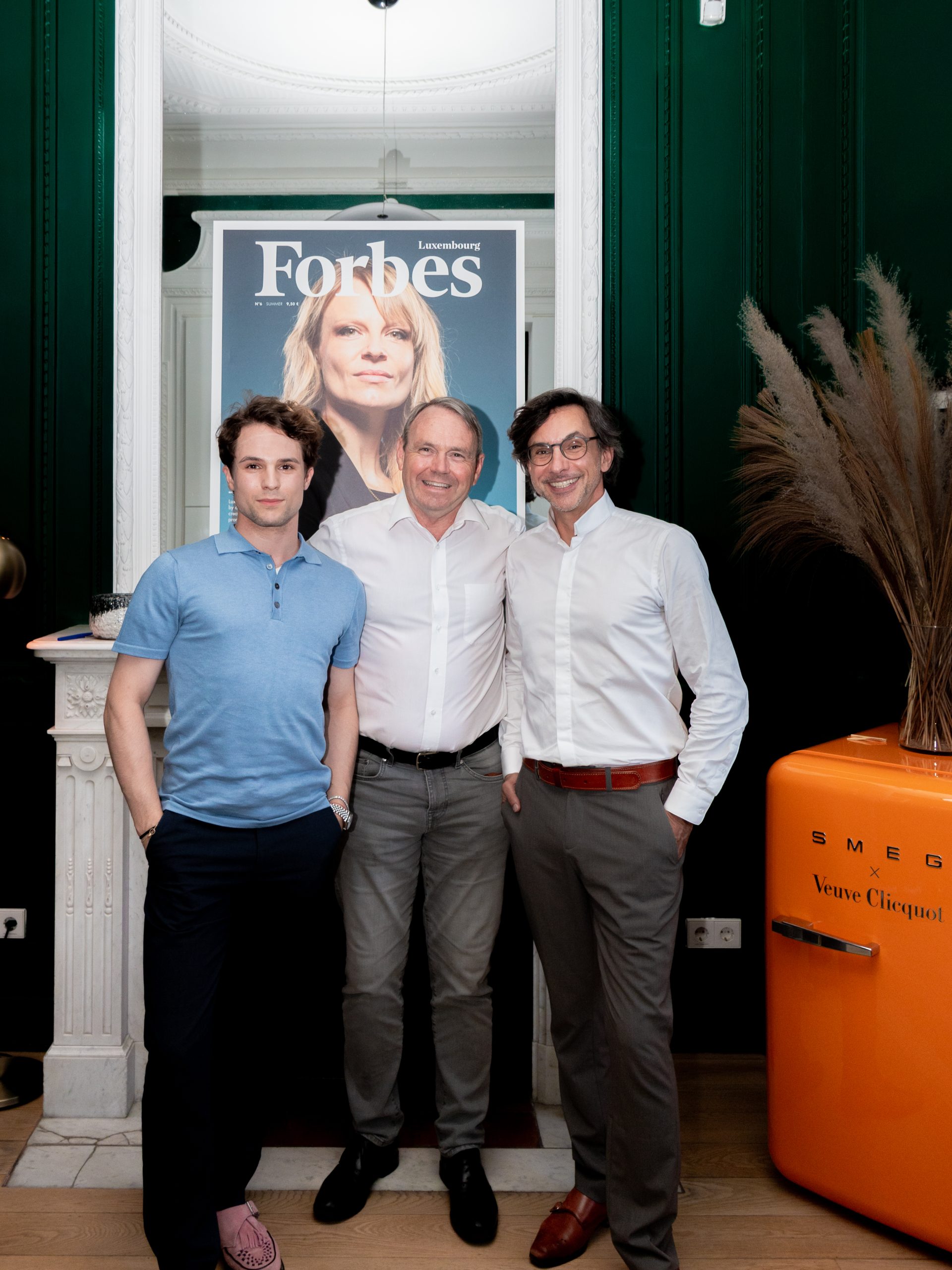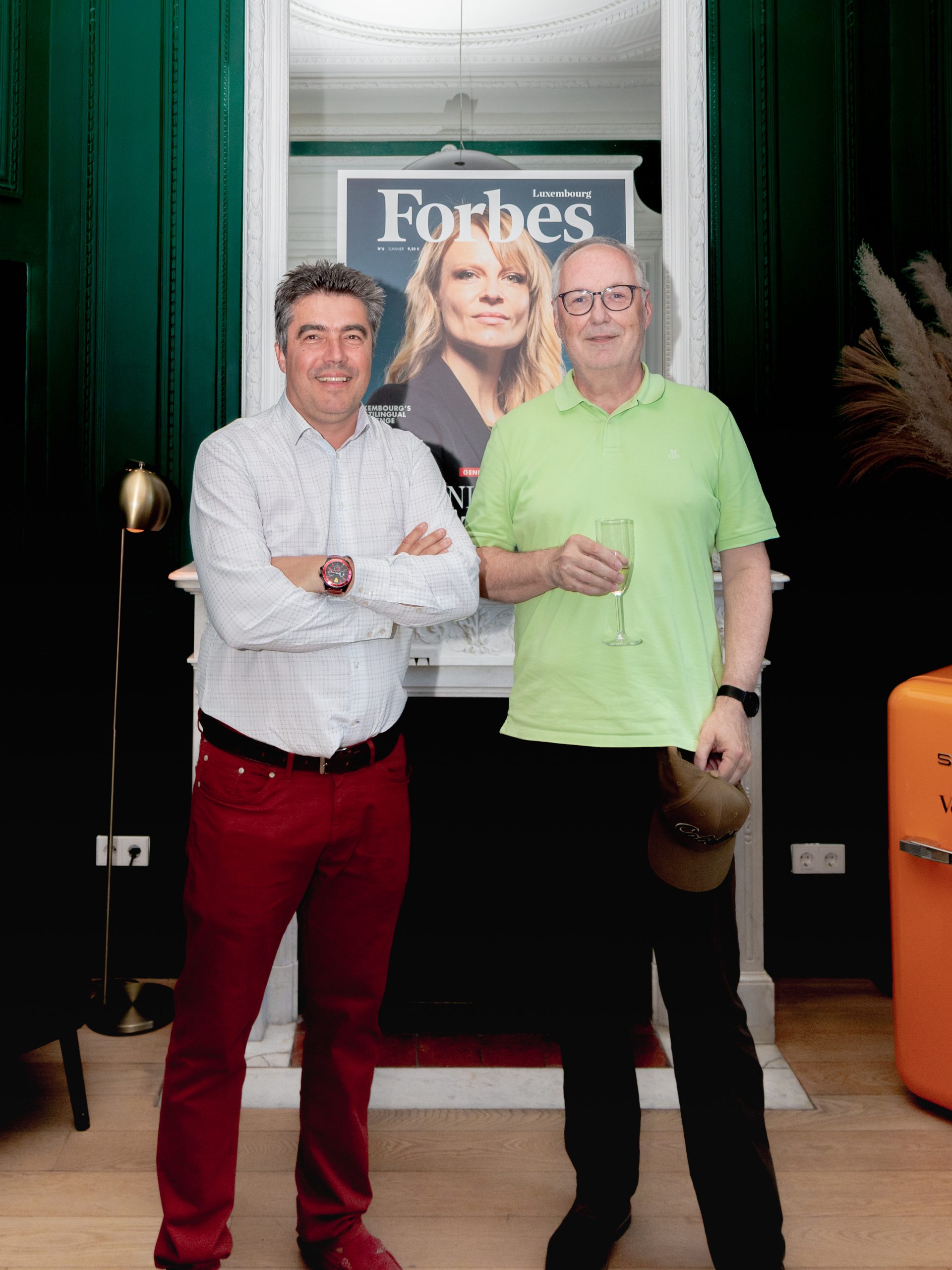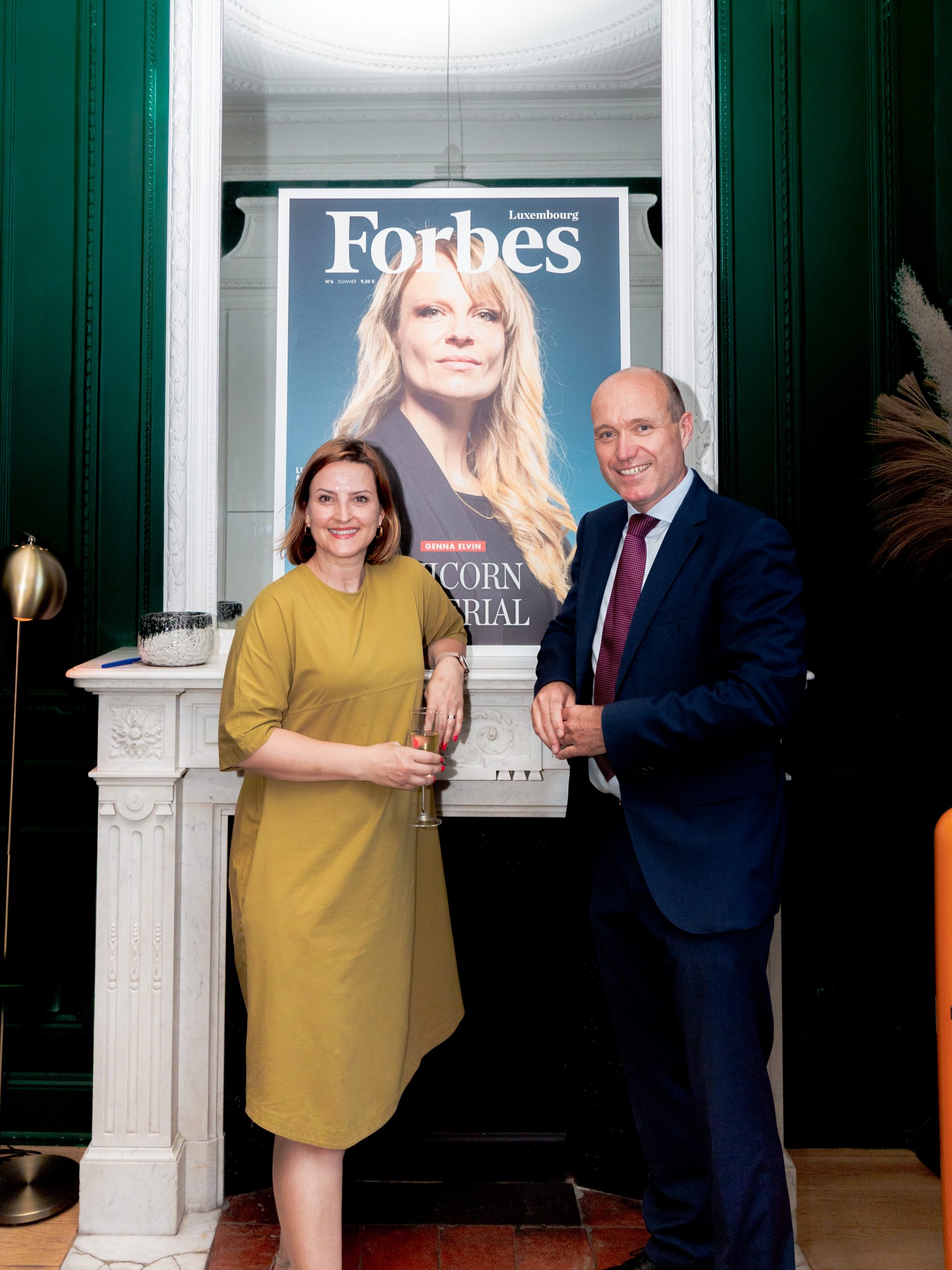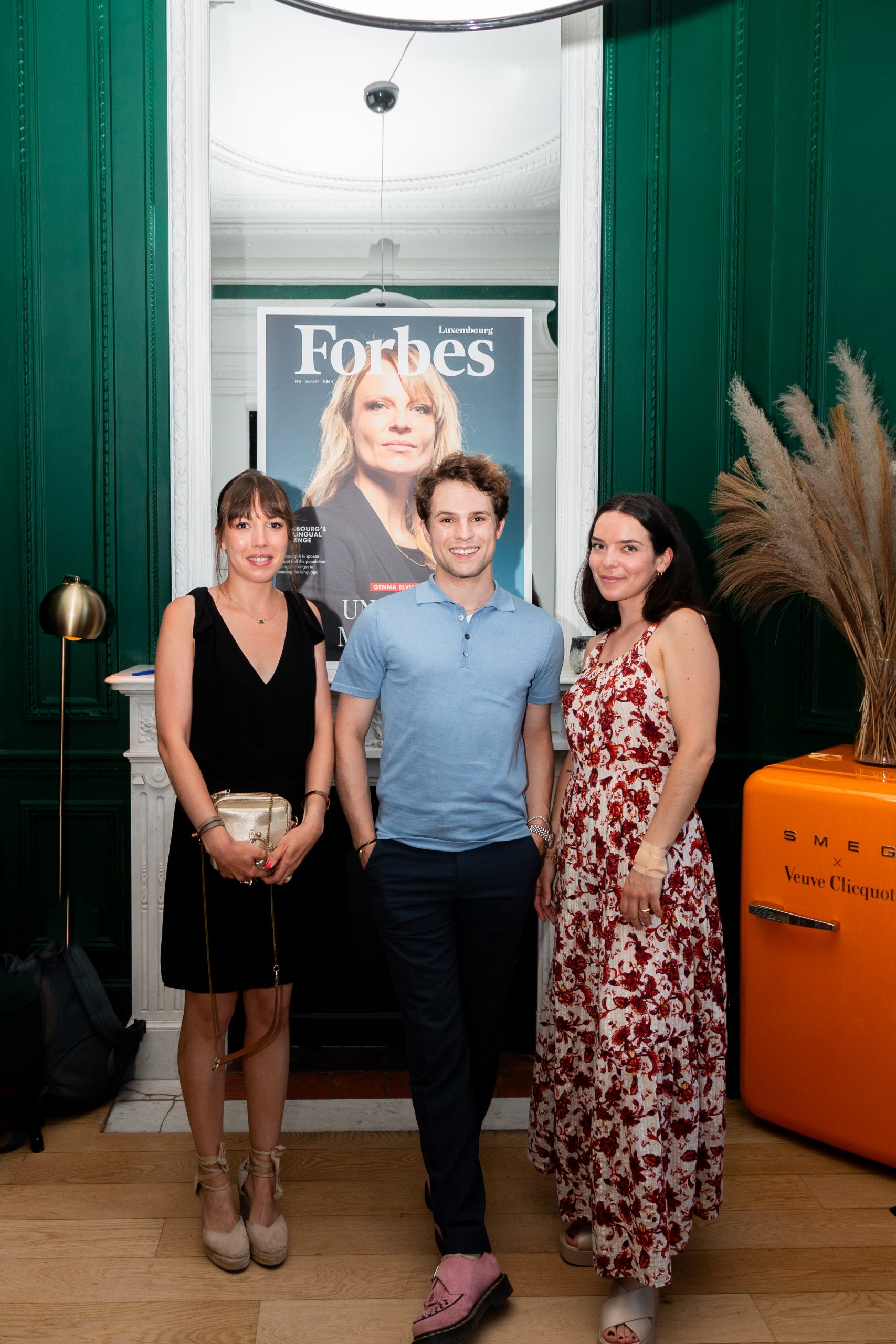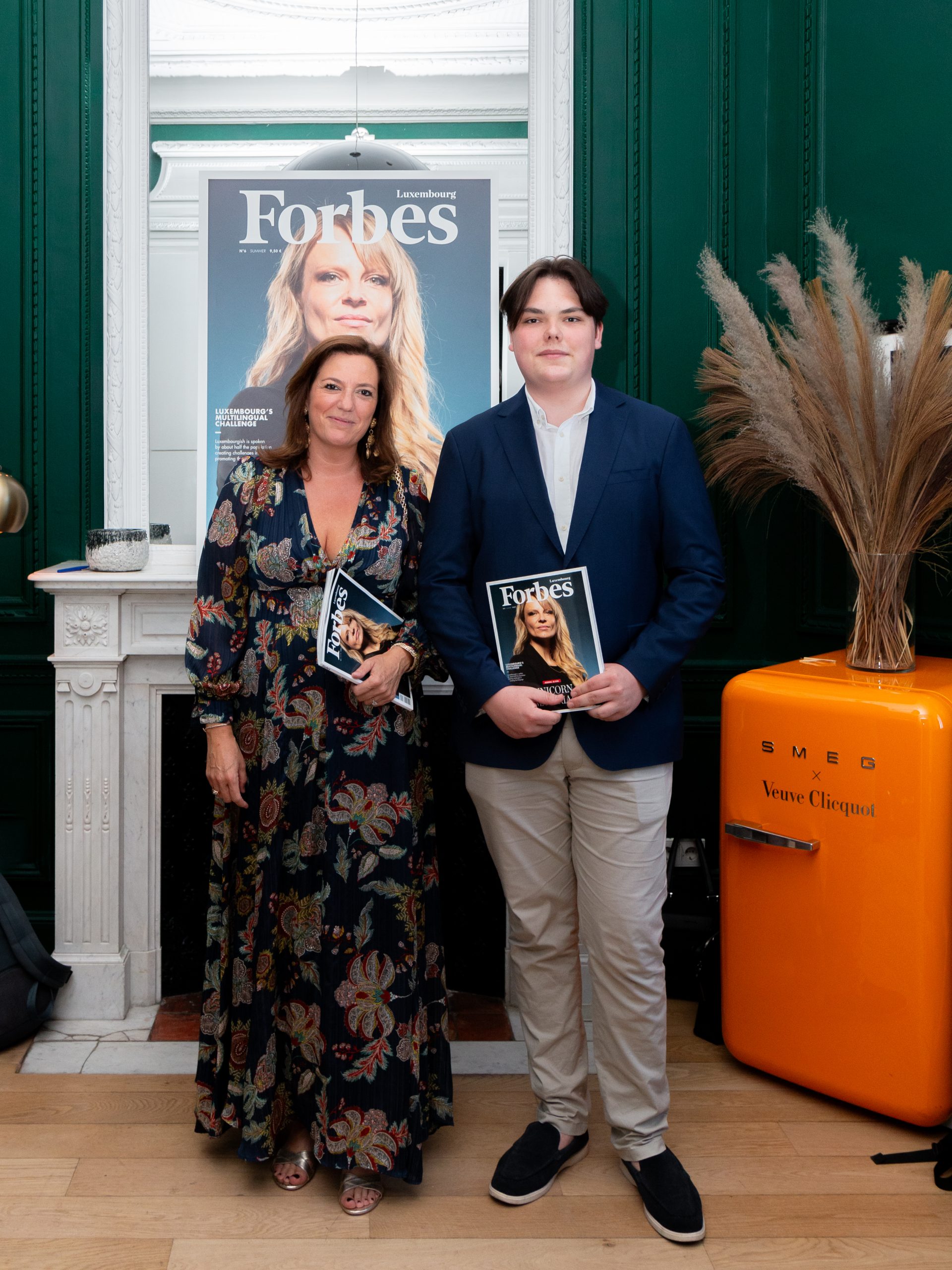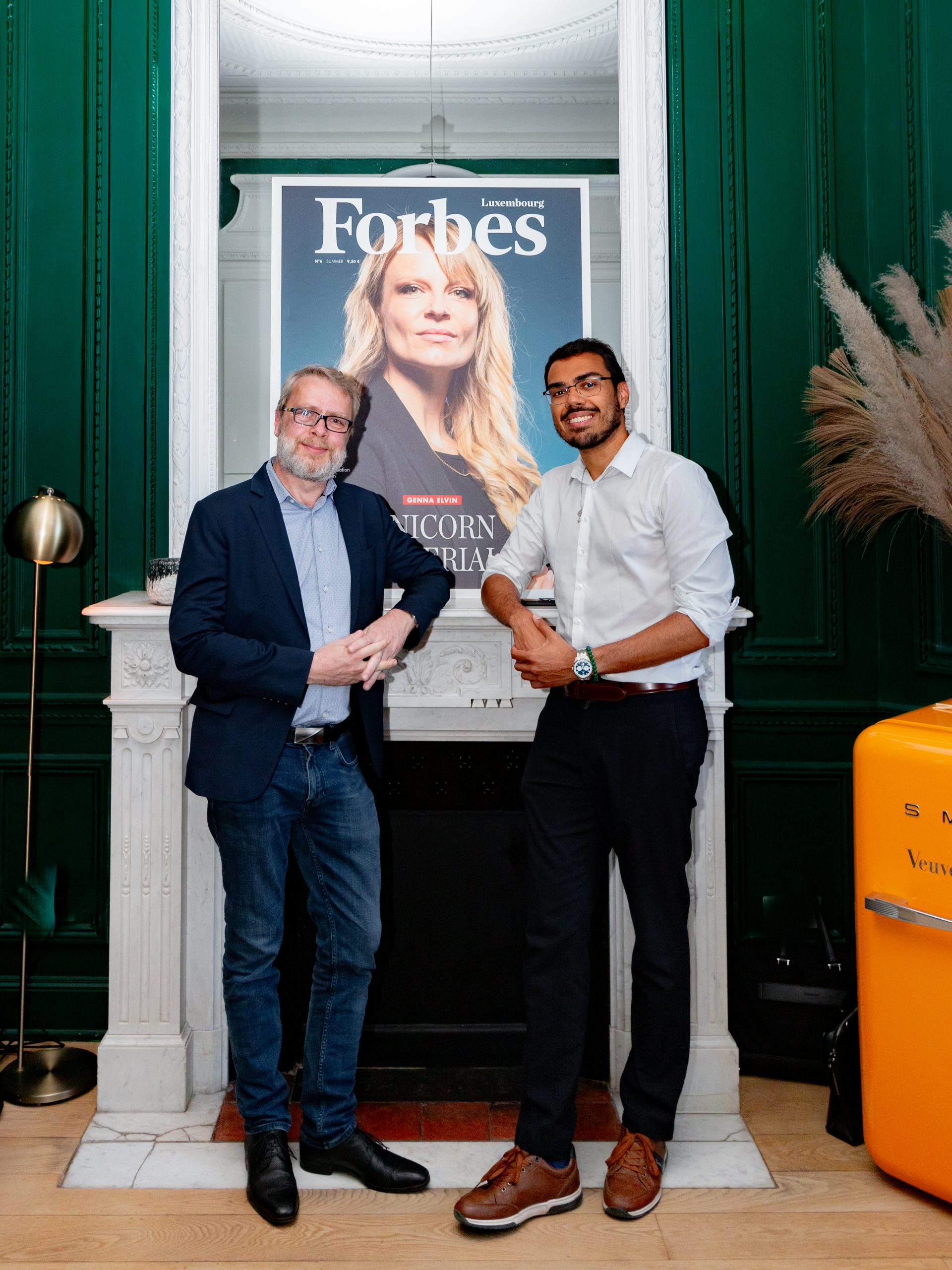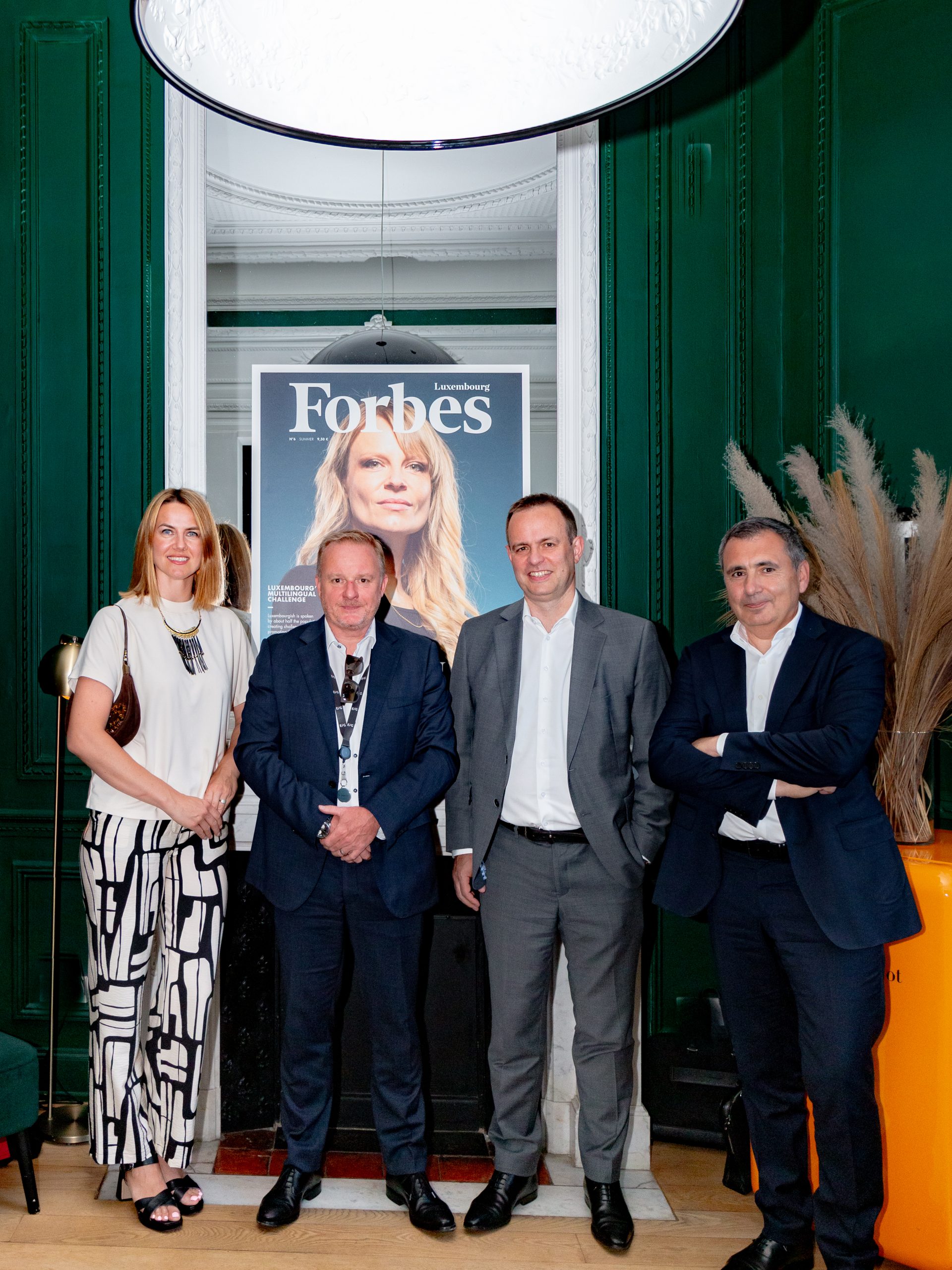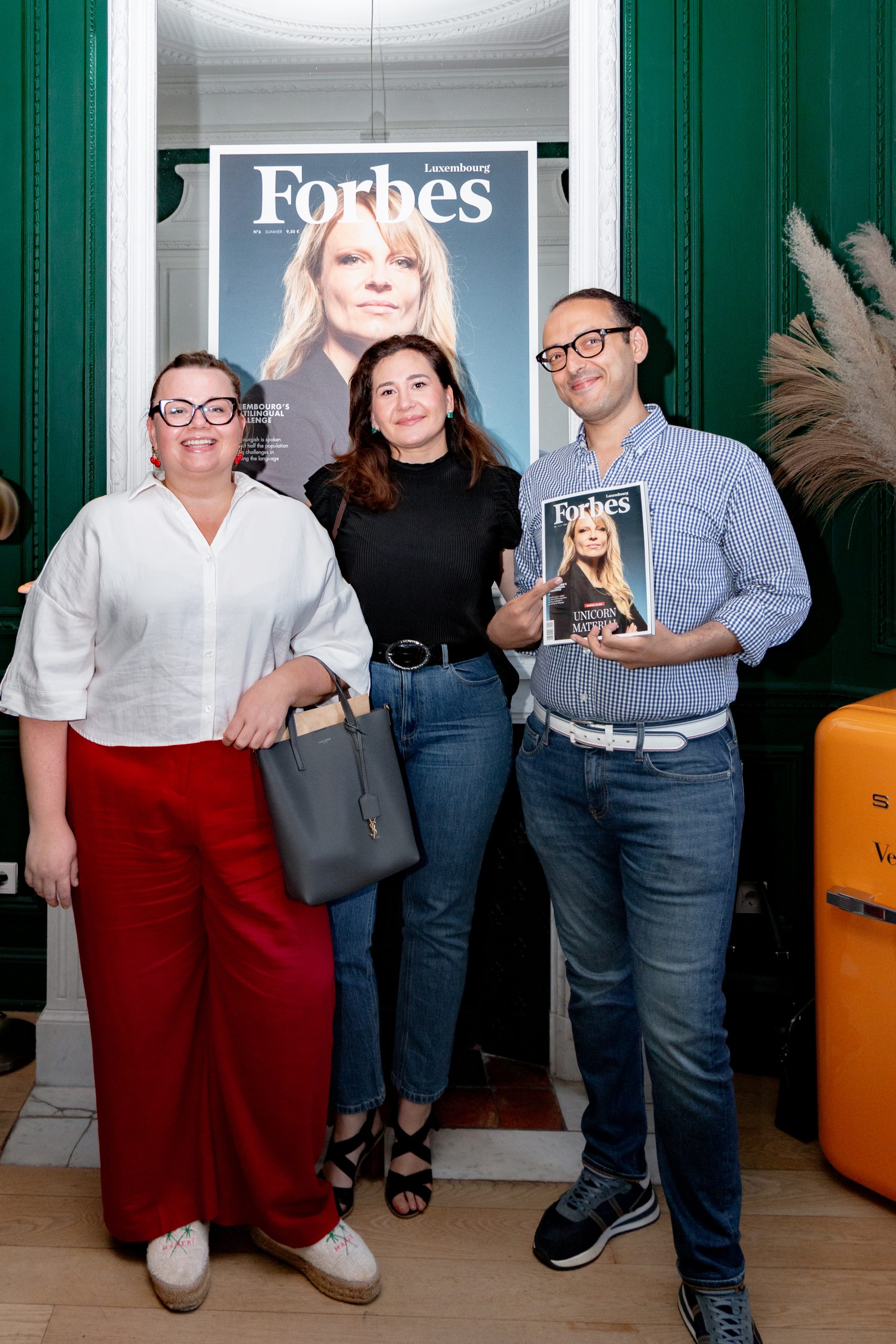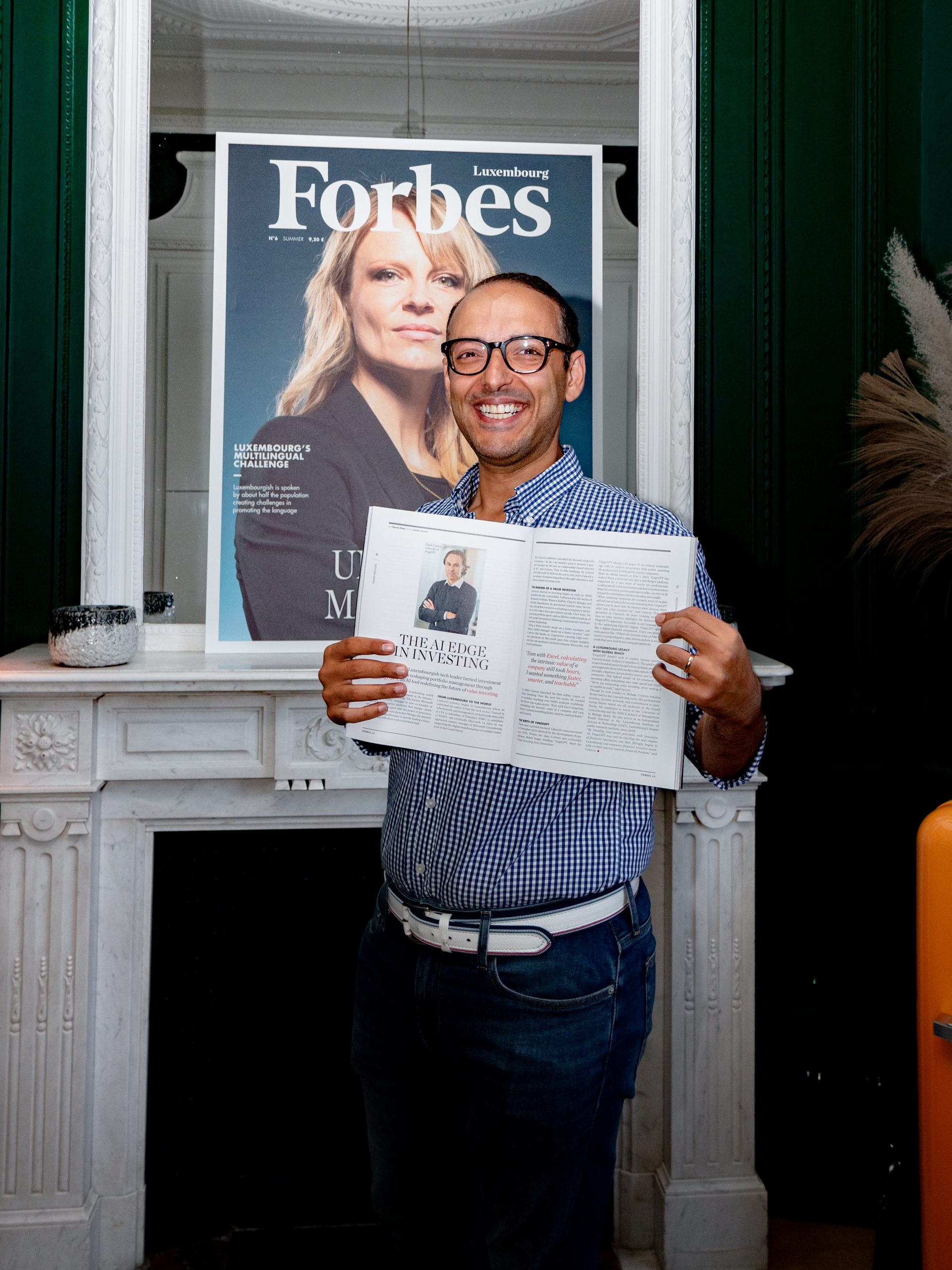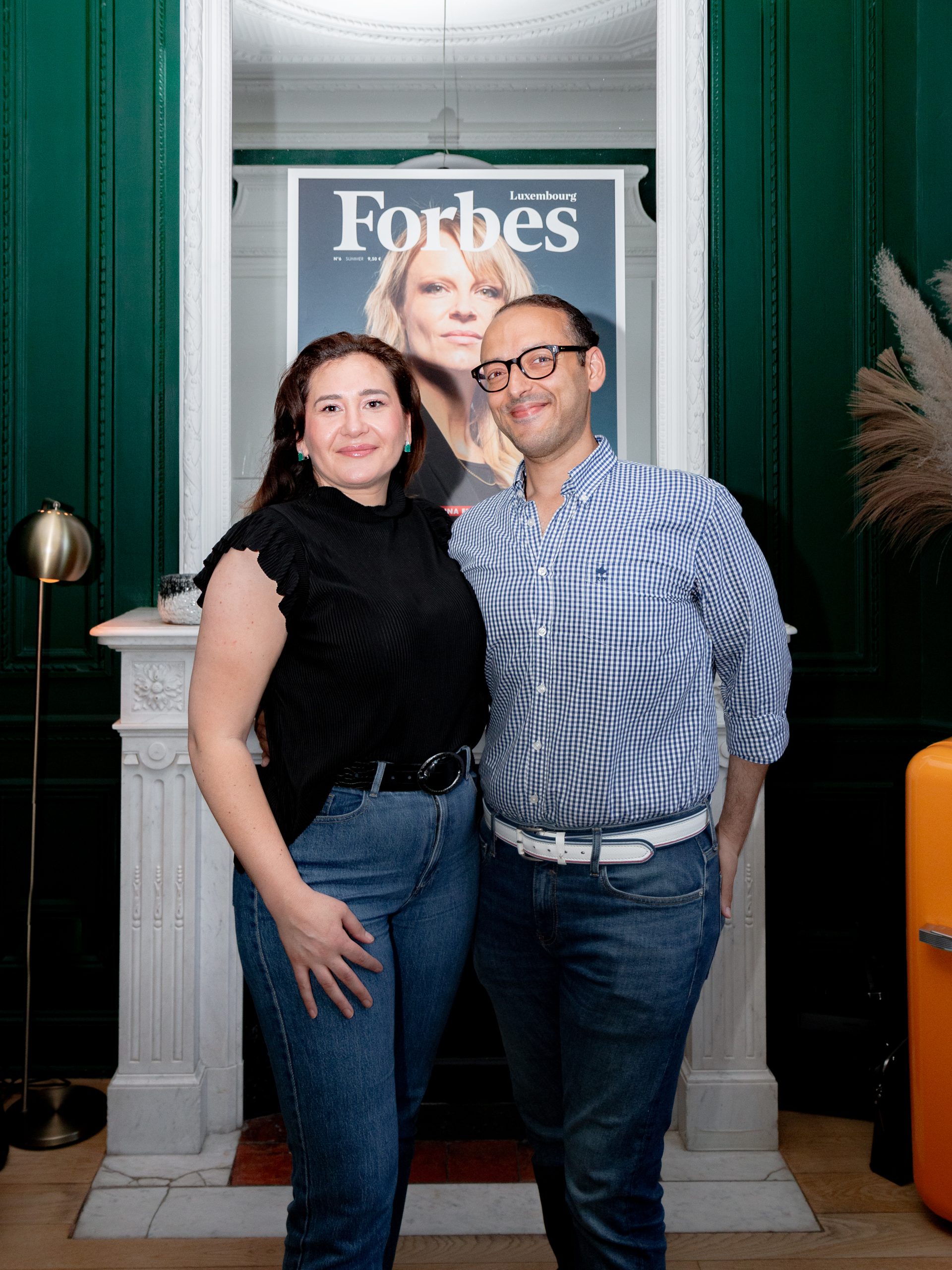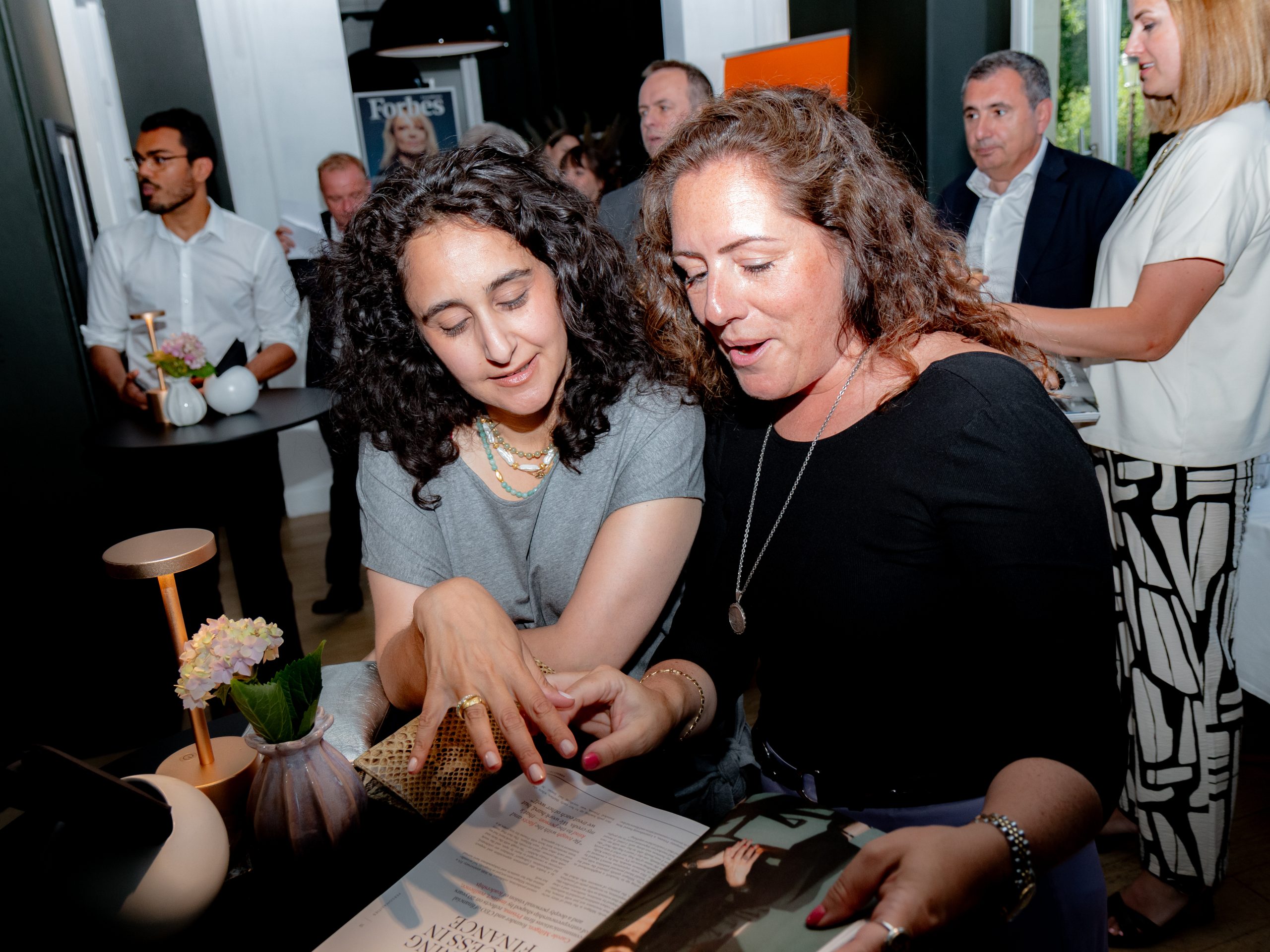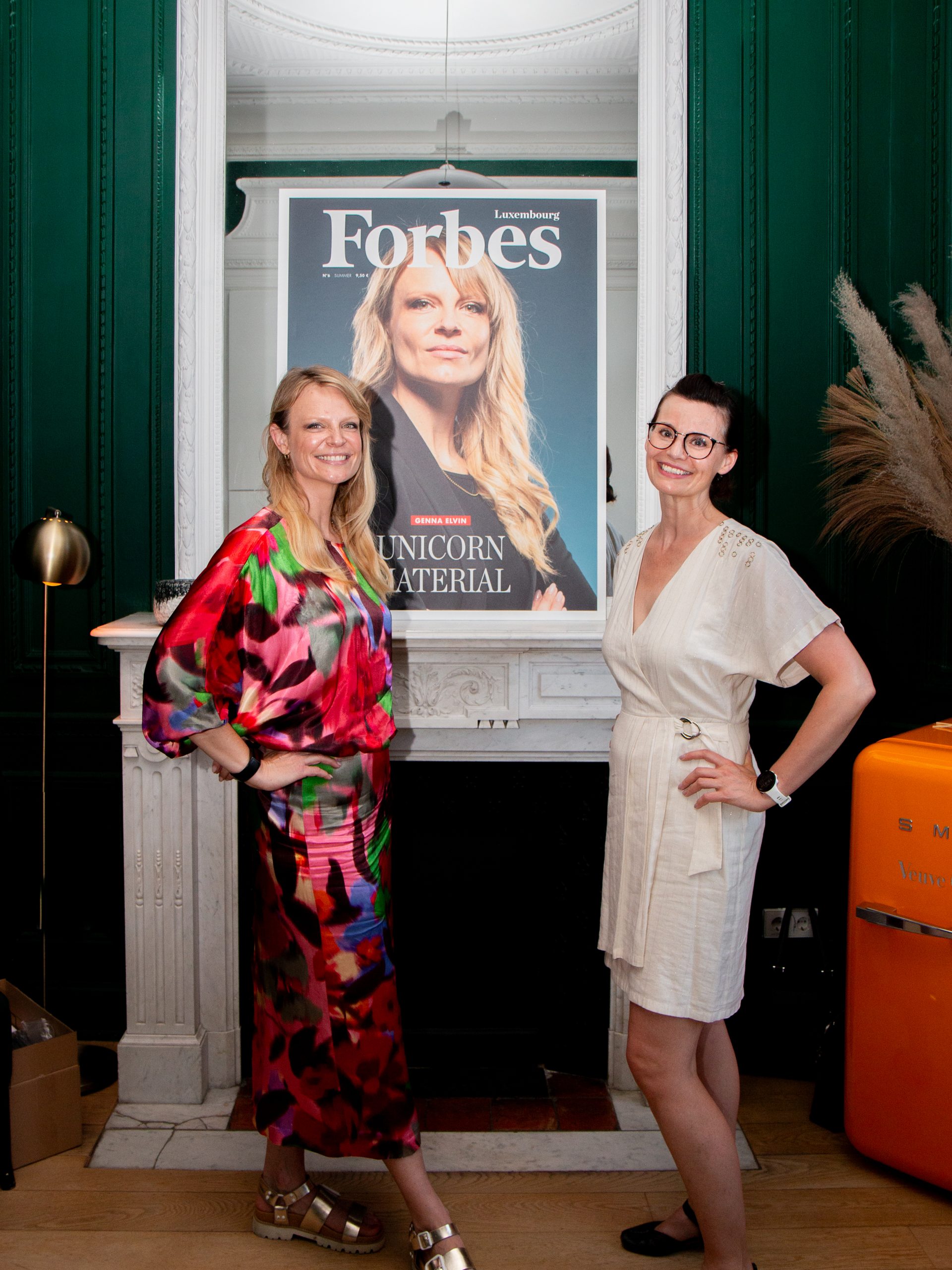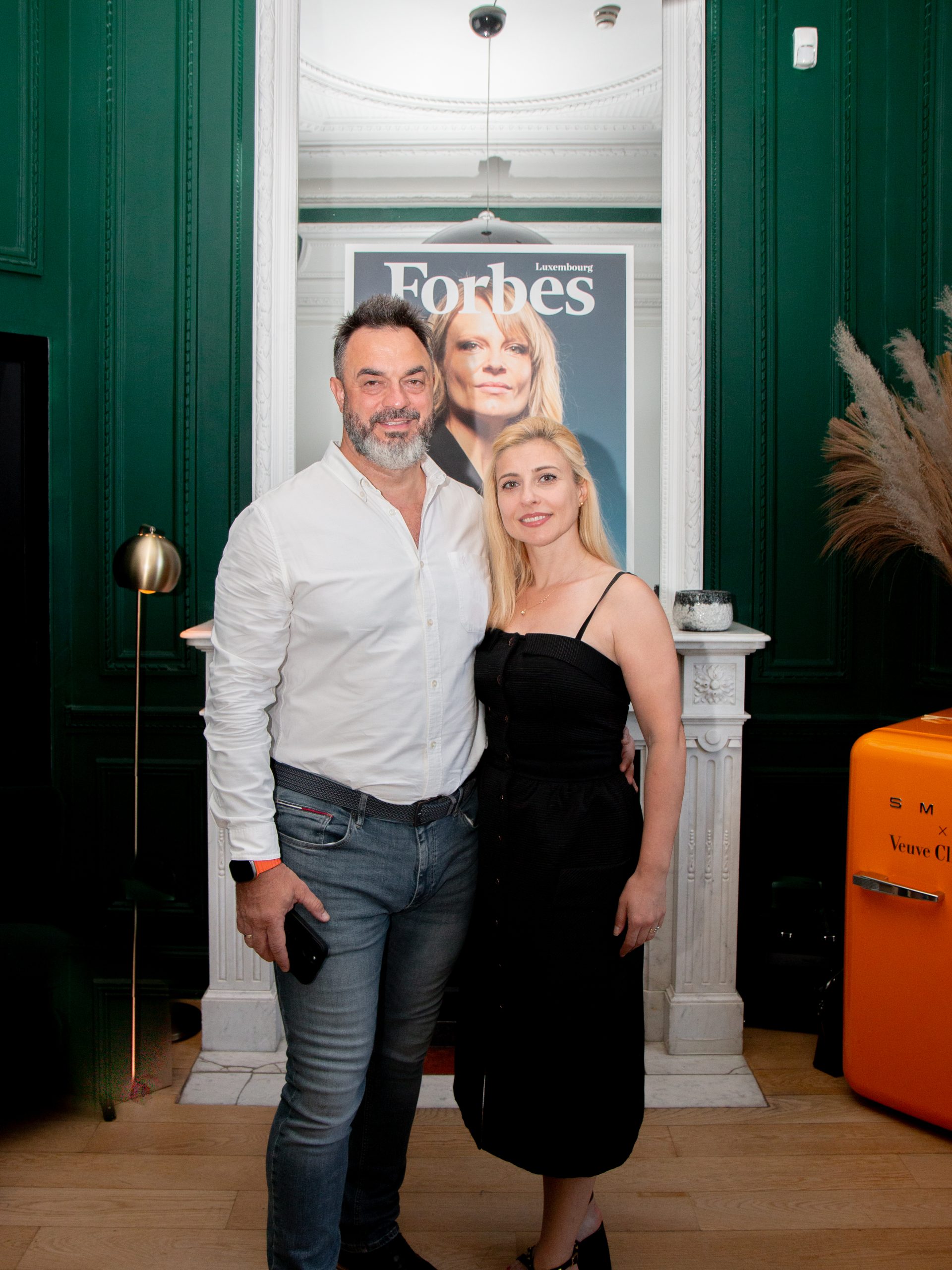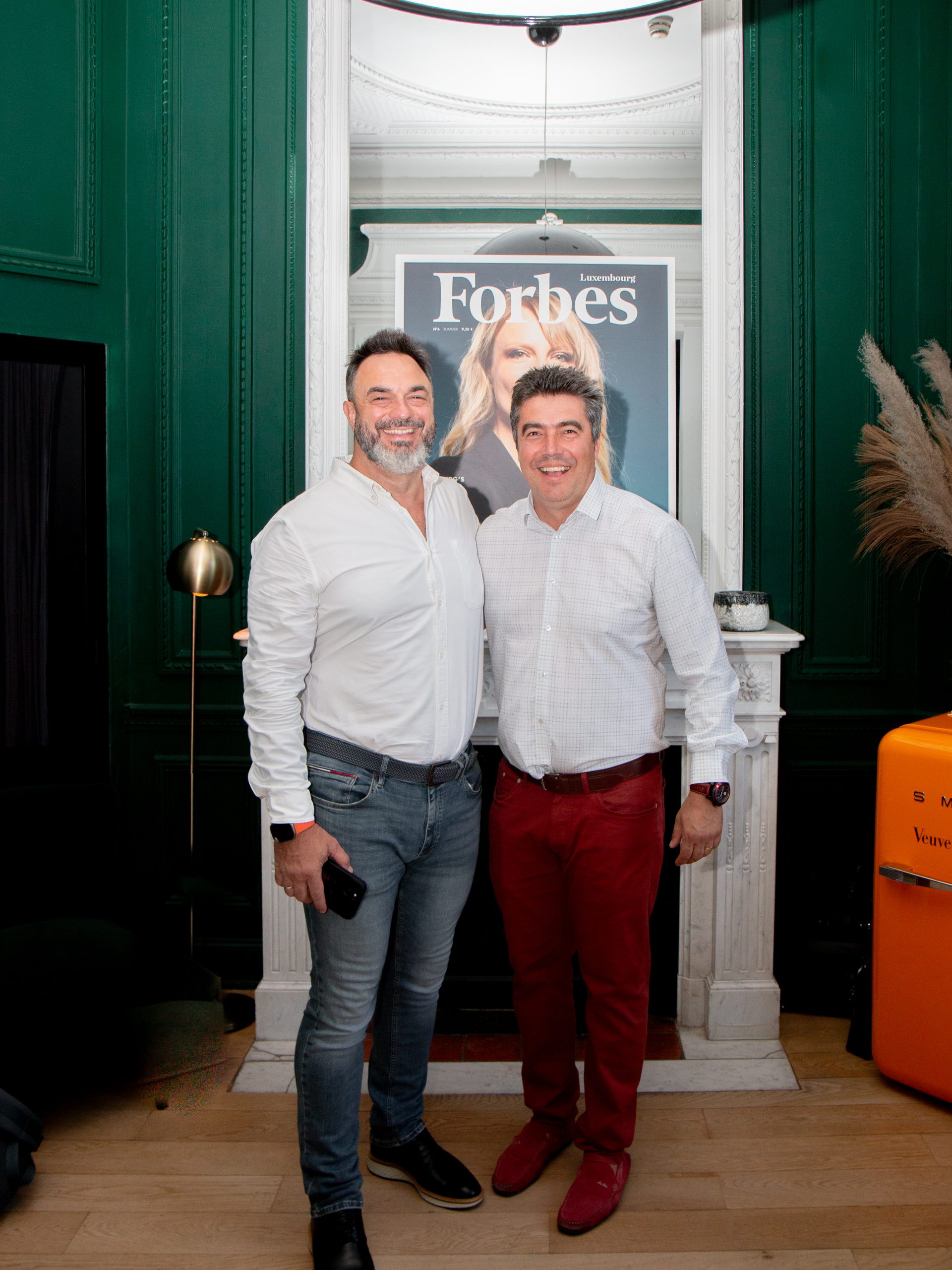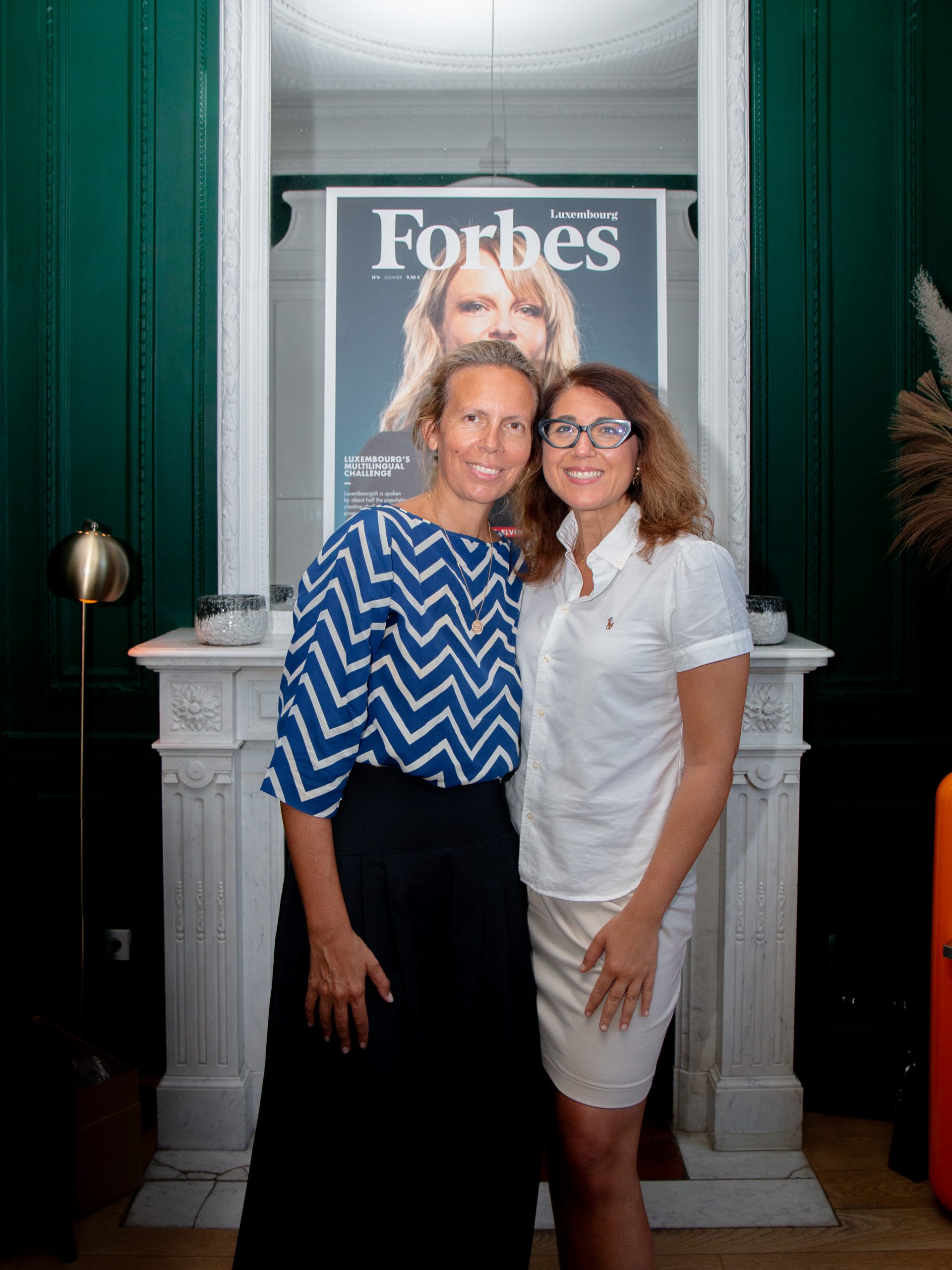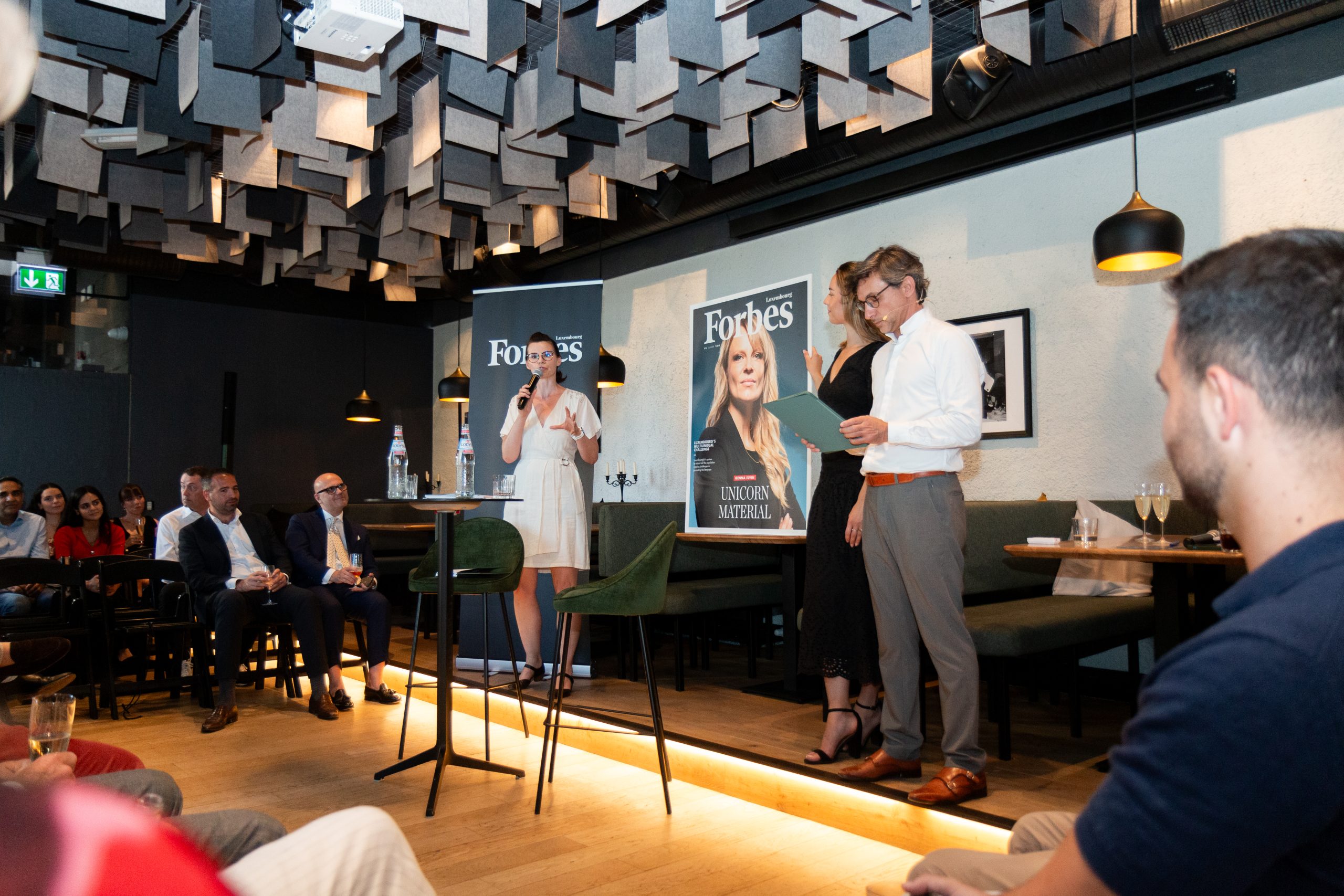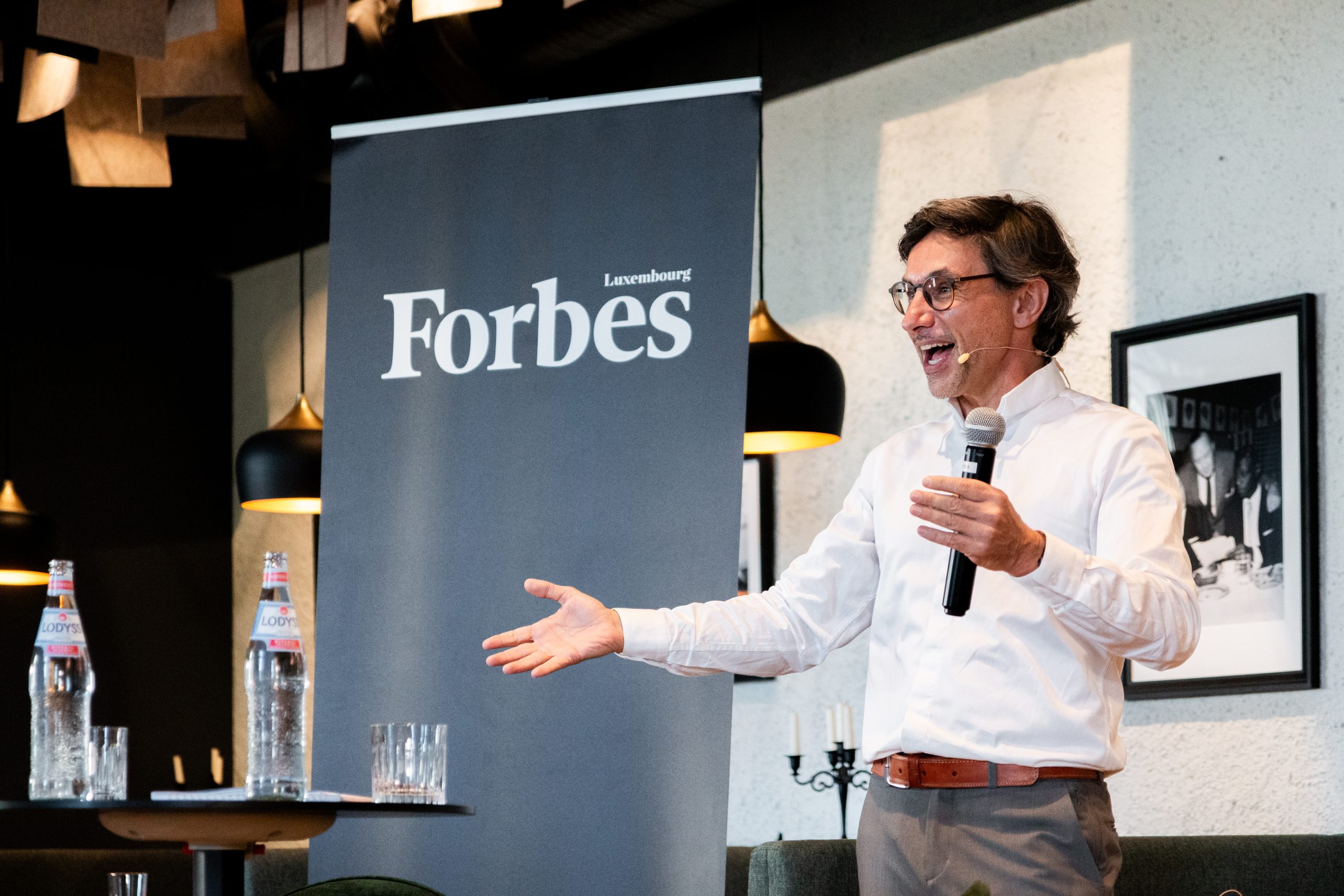As pioneering companies like Blue Origin edge closer to making space tourism a reality, the prospect of spending leisure time beyond Earth feels more tangible than ever. Yet, retired astronaut Paolo Nespoli, speaking at a B17 x Forbes Talk on 25 June, reminded the audience that the realities of space travel remain far more demanding than popular imagination suggests.
“It takes about a week to feel somewhat normal again. Initially, you feel a bit like you’re drunk or stoned. After 7 to 10 days, they give you your driver’s license back,” Nespoli joked. “But it takes six months before you fully recover.”
He elaborated on the physical toll of spaceflight, explaining that astronauts lose between 1-5% of muscle mass each week while in microgravity. “You need extensive physiotherapy to rebuild your muscles. The transition from space back to Earth is far more complicated than people think.”
Reentry itself is a harrowing experience. Nespoli, who returned to Earth aboard the Russian Soyuz spacecraft, painted a vivid picture of the infamous landing: “The Soyuz comes down with a parachute, and then—Bang! That’s what the Russians call a ‘soft landing,’” he recounted with a grin. “When they pulled me out, I asked in my broken Russian, ‘This is a soft landing?’ The guy just looked at me and said, ‘You’re alive, aren’t you? So it was soft.’”
Born in Milan, Nespoli enjoyed a distinguished military career before pursuing studies in Aerospace Engineering, Aeronautics, and Astronautics in the United States. He later joined the European Space Agency (ESA) as an astronaut trainer. Selected by the Italian Space Agency in 1998 to join ESA’s astronaut corps, his first space mission did not come until 2007 aboard the Space Shuttle STS-120. This was followed by two long-duration missions aboard the International Space Station (ISS) from 2010 to 2011, and again in 2017.
His experience of 313 days spent in space gave plenty for Nespoli to share. He captivated the B17 x Forbes audience with stories from his missions and the rigorous training required, as well as observations of the space ecosystem since he retired in 2018 and became a respected lecturer and public speaker on space exploration.
With his trademark wry humour, Nespoli guided the audience through the decades-long international collaboration that birthed the ISS. “The station was primarily constructed by Americans using the US Space Shuttle,” he said. “It took 35 shuttle missions to complete before the shuttle was retired in 2011.”
He explained that this moment had a profound impact on his career: “I was called by the head of the astronaut office and told, ‘You’re assigned to another flight — but this time, you’ll fly to Russia. You’ll train in Russian and work with the Soyuz.’”
The conversation further explored the distinctions between astronauts and space tourists, the evolving challenges of space travel, and its environmental implications. On the subject of space tourism’s environmental footprint, Nespoli cautioned, “If we start flying 100 space missions every day to take tourists into space, then it will definitely start to make a difference.”
When asked about human colonisation of Mars, Nespoli expressed skepticism. He recalled early optimism in the 1960s and 70s about reaching Mars within 15 years—promises that remained unfulfilled. “At university, they told us we’d go to Mars in 15 years. I thought, if I become an astronaut, maybe I’d be part of it. Thirty years later, I retired. Now they’re saying we’ll go to Mars—in 15 years,” he said with a wry smile.
Read more articles:
Scenarios For A New World Order
Blue Origin Lands In Luxembourg: What Does It Mean For Europe?

